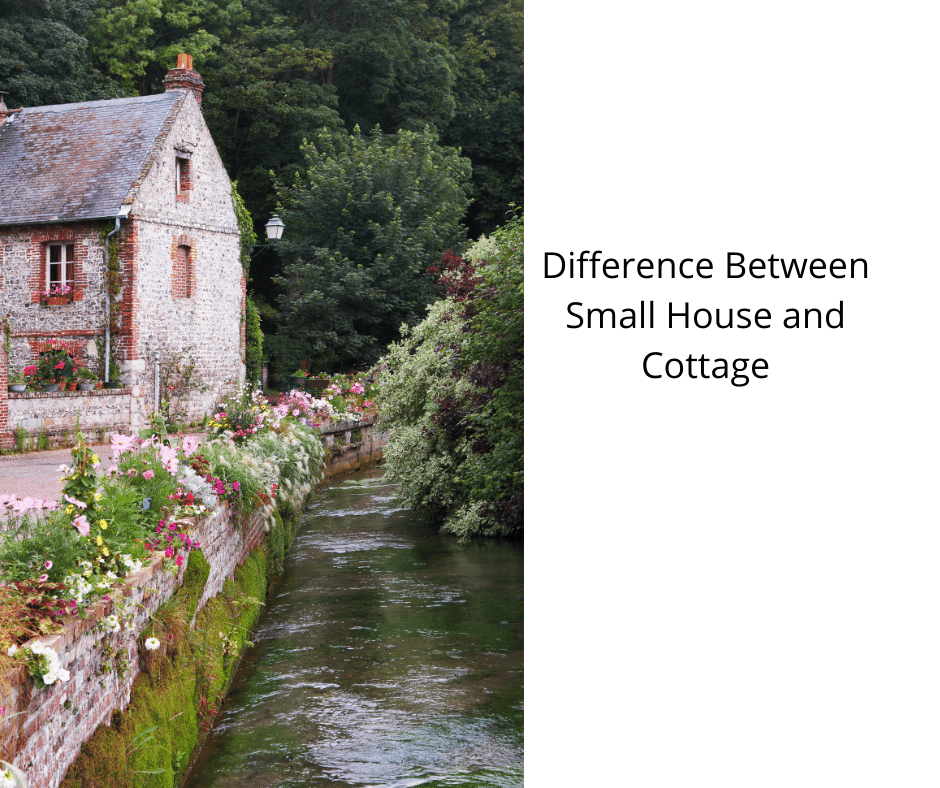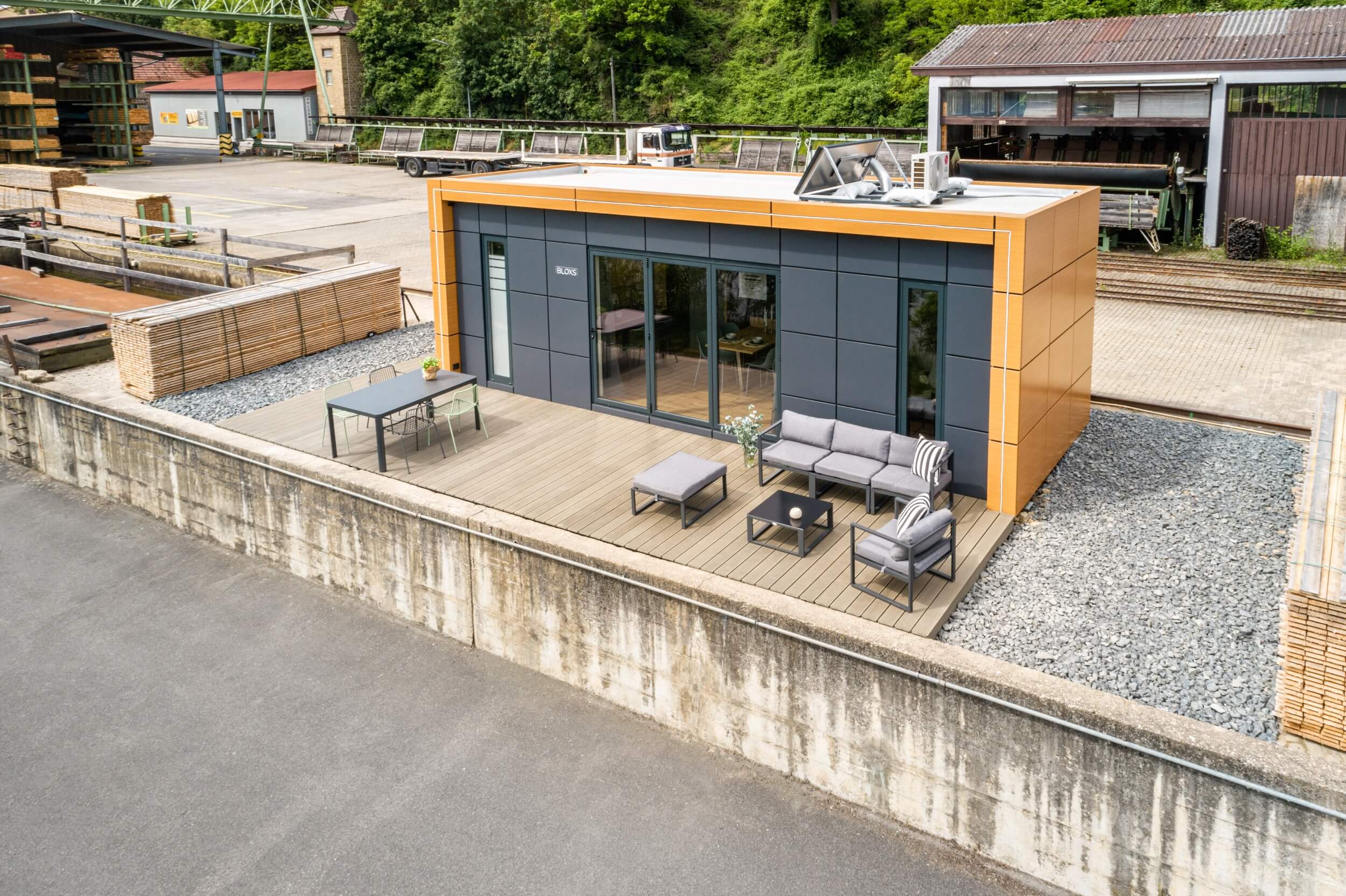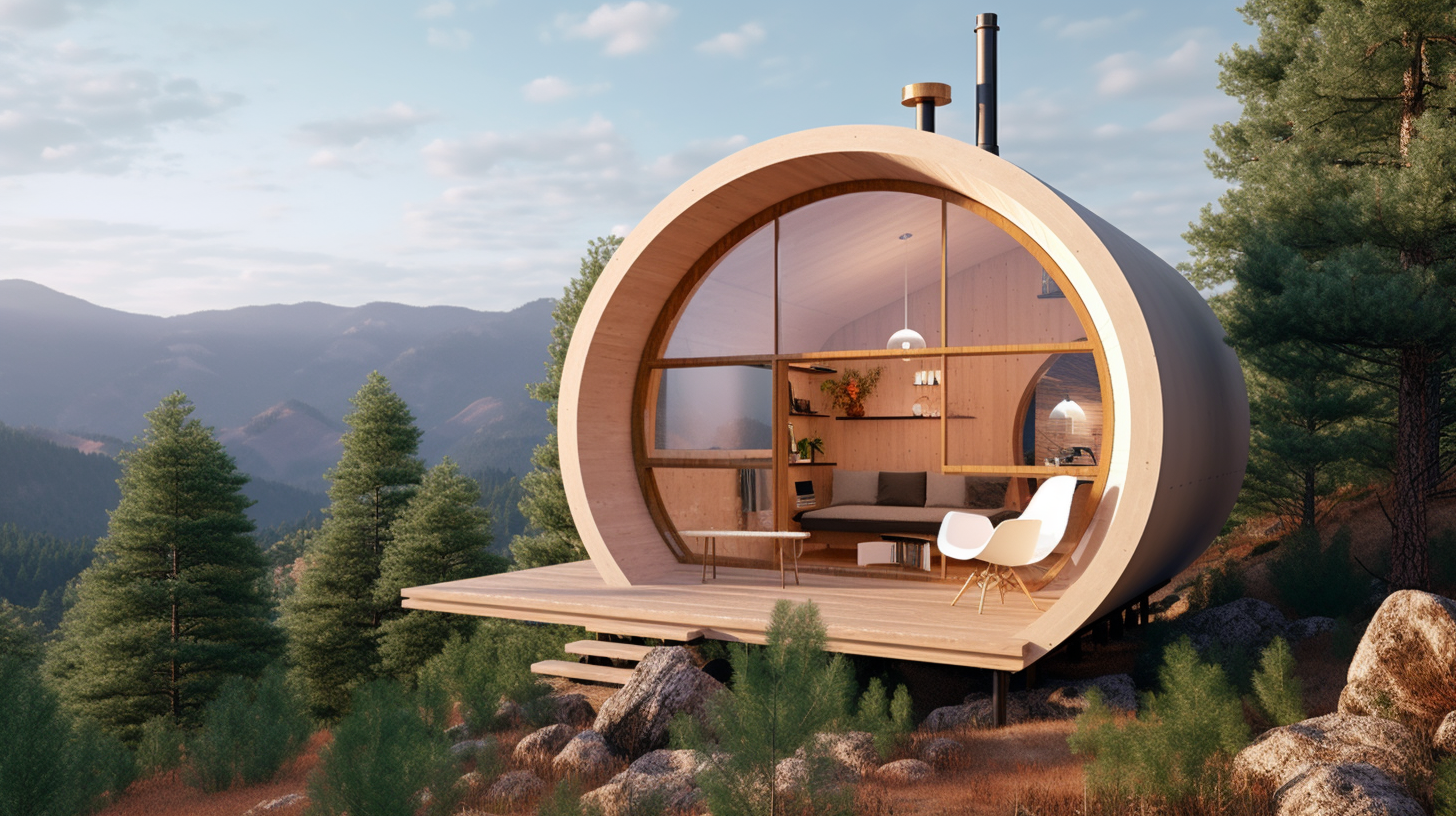When you hear the terms “small house” and “cottage,” you may think they are synonymous. However, they actually represent two different types of small homes, each with its own unique characteristics. This article will discuss the differences between a small house and a cottage, helping you decide which one suits your lifestyle best.
A Cottage is a Secondary Home While a Small House is Not
If a house is a secondary or vacation home, it’s a cottage. A small house is not necessarily either of these things.
A small house might simply be the house you live in that happens to be smaller than other houses you’ve lived in before. It could also be something larger—for example, if your family has grown and you want more space for every one but want to stay within the city limits of your hometown, you might build an addition on top of your existing home rather than moving out into the suburbs where new homes often have large lots. This would make your original structure more like two separate buildings; one would be what people typically consider a small house (in this case it would have been built as such) while another would be its addition (which acts as another building).
A Place to Spend Weekends, Holidays, or Summer Months
Cottages are built for vacations, holidays, summer months, and weekends. If you’re looking to build a cottage in your backyard and live in it full-time, then you’re more likely to build a small house instead of a cottage.
A cottage is usually smaller than 2,000 square feet and is often less than 1,000 square feet. Cottages are designed as secondary homes; they’re used as guest houses or vacation homes where owners spend their time away from their main residence during the weekends, holidays and summer months.
While Cottages Are Often Associated with Lakeside Cabins, the Definition of “cottage” Does Not Imply Any Specific Location or Structure
While cottages are often associated with lakeside cabins, the definition of “cottage” does not imply any specific location or structure. Cottages can be found along beaches and seasides worldwide, as well as in urban areas. They can range from rustic shacks to luxurious mansions. The term “cottage” is often used interchangeably with any small or cozy home that is not a full-time residence—a vacation home, for example—but there’s no universal agreement on what constitutes a cottage itself.
Cottages are usually smaller than small houses. They’re typically one-story homes with low ceilings and relatively few square feet to work with (under 1,500 square feet). This doesn’t mean you’d have trouble fitting your entire family into one; it just means that if you prefer multiple rooms or large kitchens then this may not be right for you!
Cottages are usually secondary homes; permanent residences aren’t usually referred to as cottages because they were built specifically for living there year-round rather than just during short summer vacations when people want something more casual than their main home provides them with (e.g., no master suite).
“Cotter” Refers to People Who Work and Live in Cottages on Farms
The word “cottage” originates from the Old English word “cotter” which refers to people who work and live in cottages on farms. A cottage is a small house that is usually located on a farm, but it doesn’t necessarily have to be so. The cottage may also be located within an urban area and serve as a private residence for its occupants.
A cottage can also refer to an individual home or building used by workers on a larger property such as an estate or ranch. In this context, “cottage” means “smaller building.”
Small Houses Can Be Permanent Residences
Small houses can be permanent residences for single people or couples who want to own their own homes but don’t need much space. These properties are often used as vacation homes, guest houses and rental properties. Small cottages are also in high demand because they are more affordable than larger homes and come with a lower tax bill.
Small cottages can be used for various purposes, including as an accessory dwelling unit (ADU), guest house or rental property. Tiny homes are also in high demand because they are more affordable than larger homes and come with a lower tax bill. Small cottages can be used for various purposes, including as an accessory dwelling unit (ADU), guest house or rental property. Small homes are also in high demand because they are more affordable than larger homes and come with a lower tax bill.
People Who Live in Tiny Houses Tend to Have Fewer Possessions
Small houses are more affordable and have a lower tax bill than larger ones. People who live in small houses tend to have fewer possessions than those who live in larger homes and may choose to be minimalist or minimalist-inspired. The term “small house” is a relative one. To some, it refers to a home that is 300 square feet or less. For others, it could be defined as anything under 1,000 square feet.
The Cost of Living in A Small House or A Cottage
The cost of living in a small house or a cottage depends on the location and the cost of maintaining it. In general, the cost of living is lower in a small house than in an apartment building or condo complex with hundreds of units. For example, renting out a large property can be expensive due to maintenance costs like landscaping and snow removal. Small houses or cottages are usually easier to maintain since they don’t have big lawns that need mowing or lots of other buildings on them (unless you have one built onto your property).
In contrast, renting out an apartment building might provide more income than owning your own home because there’s no mortgage payment involved and generally no repairs needed when tenants move out—just cleaning up after them! In some cases though this may not be true because if you rent out more than one unit per floor then each tenant needs access to their own bathroom which means plumbing work has been done into their unit so it could end up costing more money than simply buying a house instead!
Small Houses and Cottages Are Different Types of Tiny Houses
A small house is a structure that has been built for permanent occupancy. It may be designed for residential or commercial use, but it can only be used as a primary residence. Small houses are usually built on foundations and have at least one room with a private bath, kitchen and living area. They are typically less than 1,000 square feet in size and often include two stories.
Small houses can also be classified based on their level of luxury (or lack thereof). The most basic type is known as the “shack”—a tiny structure without running water or electricity that was originally used by early settlers who lived off the land without access to these amenities. In contrast, some modern versions may feature bathrooms with walk-in showers; kitchens complete with appliances; bedrooms equipped with queen-sized beds; library shelves filled with bookshelves; chandeliers hanging from ceilings; hardwood floors throughout each room plus carpeted stairs leading up to second-floor bedrooms…
Conclusion
If you’re considering buying a small house or cottage, it’s important to know the difference between them. A cottage is a vacation home for extended periods of time, while a small house can be used as a permanent residence by single people or couples who want to own their own homes but don’t need much space. If you’re interested in buying either type of house or cabin and want more information, contact us today!
I’m Theodore, and I love tiny houses. In fact, I’m the author of Tiny House 43, a book about tiny houses that are also tree houses. I think they’re magical places where imaginations can run wild and adventures are just waiting to happen.
While tree houses are often associated with childhood, they can be the perfect adult retreat. They offer a cozy space to relax and unwind, surrounded by nature. And since they’re typically built on stilts or raised platforms, they offer stunning views that traditional homes simply can’t match.
If you’re looking for a unique and romantic getaway, a tree house tiny house might just be the perfect option.










